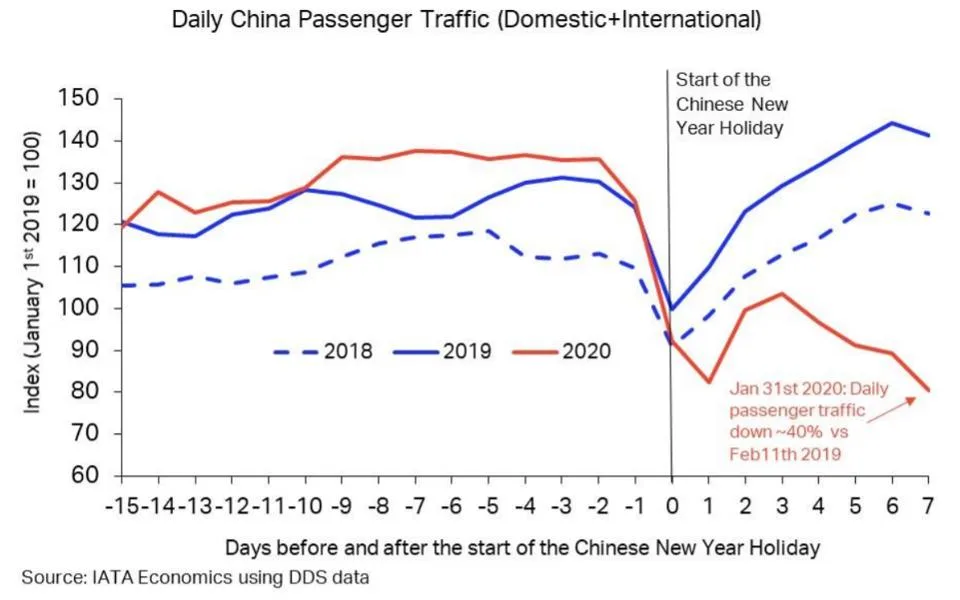
Coronavirus puts an impressive dent in China’s carbon emissions
Coronavirus, one of China's most serious virus epidemics of the century, has led to a 25 per cent decline of the country's CO2 emissions.

Courtesy: Unsplash/Macau Photo Agency
While the world battles the deadly coronavirus, China, where the number of infections has by far been the greatest, is experiencing a considerable decline in carbon emissions, mainly due to a slowdown of the country’s energy demand.
China is one of the top greenhouse gas emitters in the world, and carbon dioxide, among other gases, is on the top of their emissions list, but the partial shutdown of many industrial activities in recent weeks has helped reduce their contribution to global greenhouse enhancement.
A study released last week by the Center for Research on Energy and Clean Air in Finland reports that during the past three weeks alone, China’s carbon emissions have dropped by about 100 million tones. This amounts to a reduction of more than 25 per cent of carbon dioxide emissions since the outbreak began compared to the same period in 2019, roughly 6 per cent of global carbon dioxide emissions.
Carbon is not the only chemical that has been reduced in China’s air. Nitrous oxide emissions, mainly from vehicles and power plants, are also down close to 36 per cent.
In addition, steel production has dropped to the lowest levels in five years, while domestic flights, which contribute to the overall emission figures, have declined 70 per cent.

Average atmospheric levels of NO2 (molecules per centimetre squared) measured by the NASA OMI instrument.
This lower emissions scenario is one you would expect during the Chinese New Year celebration, a time when factories -- the main source of air pollution -- shut down for several days.
During the past three weeks, power generation and coal use have been on a considerable downward trend. The powerful Chinese oil industry, one of the biggest producers and consumers of the world, has also been hit hard by the effects of coronavirus. The refineries of Shandong province, China’s oil hub, have seen their lowest level of production since the fall of 2015.

IATA Economics’ Chart of the Week The impact of the novel coronavirus on air travel demand. All Rights Reserved. Available on IATA Economics page. INTERNATIONAL AIR TRANSPORT ASSOCIATION, 2019 China Domestic Air travel reduction. Source: IATA
The country’s economic activity normally picks up at the end of January, following the New Year celebration break, but the protocol followed by the Chinese government to contain the coronavirus has limited the daily activity of millions, causing some of the key industrial sectors to experience a 15 to 40 per cent activity reduction.
Despite the positive impacts coronavirus is having on greenhouse gas emissions, experts warn that this is most likely just a temporary scenario. Once the coronavirus is under control, China’s government will most likely ramp-up industrial production to make-up for this period of inactivity.
It is likely that the impact of coronavirus around the world will continue to grow in the coming weeks, expanding into other industrialized powerhouses responsible for a large portion of global greenhouse gas emissions. Seeing how China has put a large dent in their greenhouse gas emissions during the month of February, it is likely that other countries where the virus is just beginning to spread will follow.











